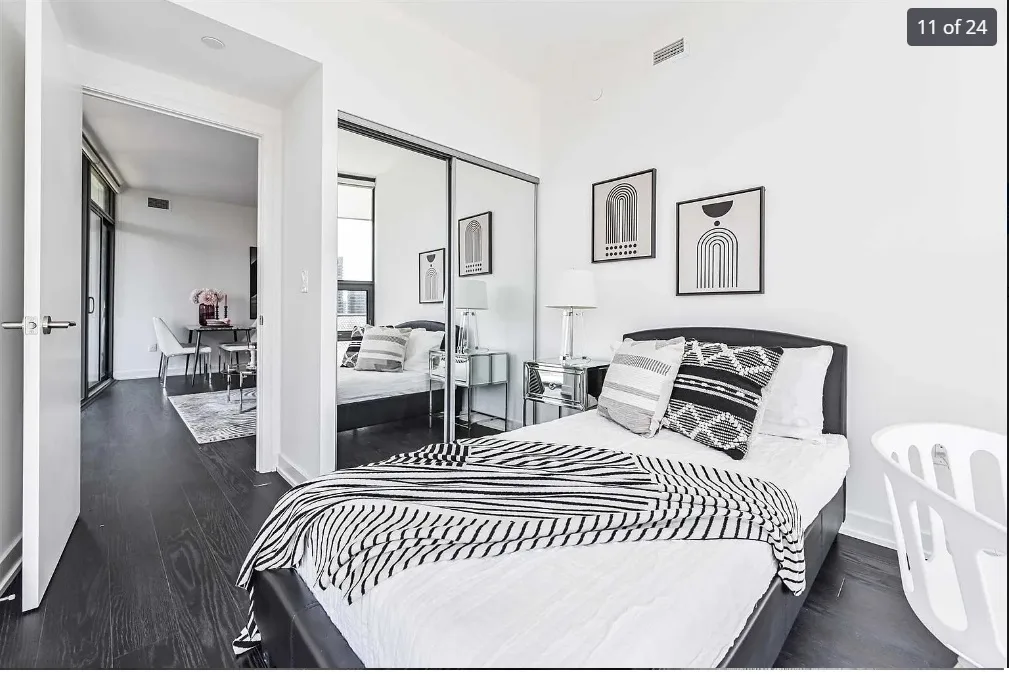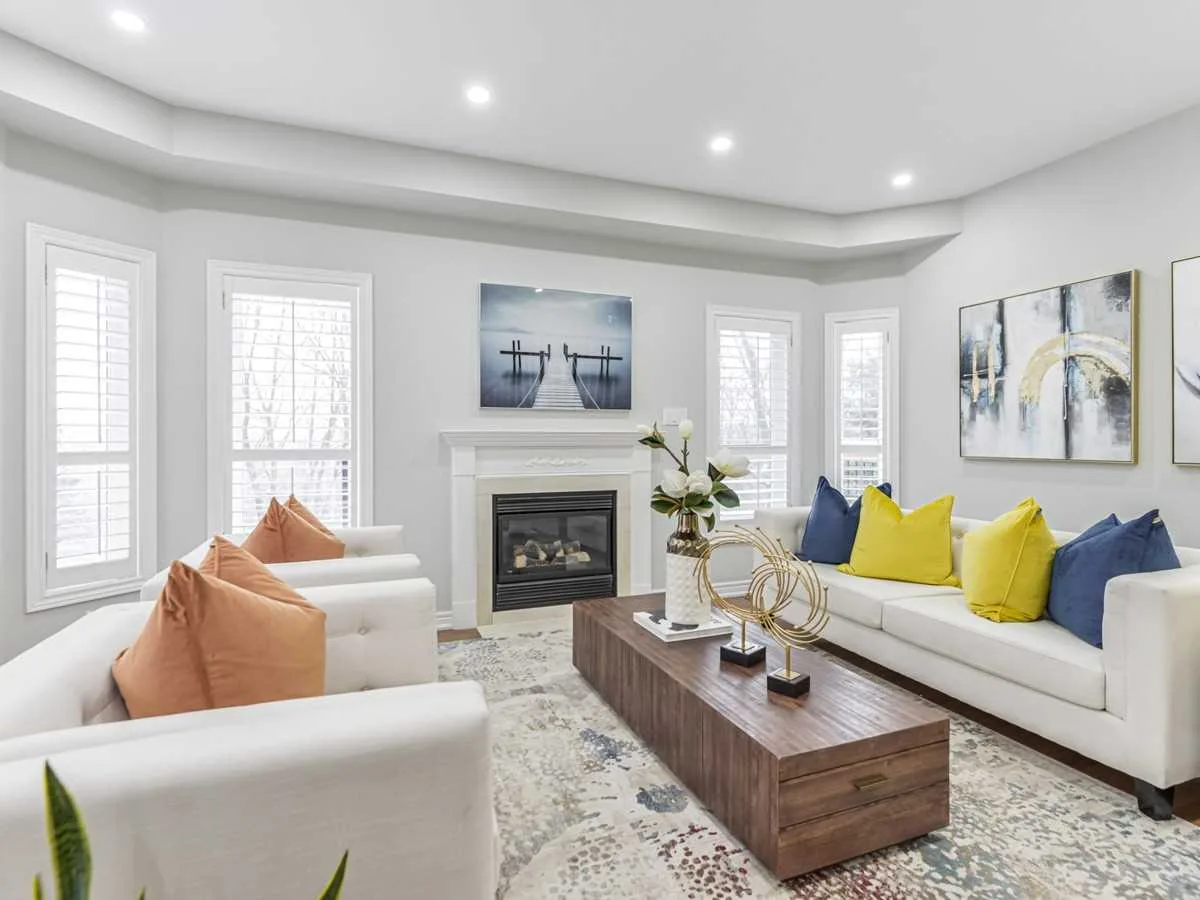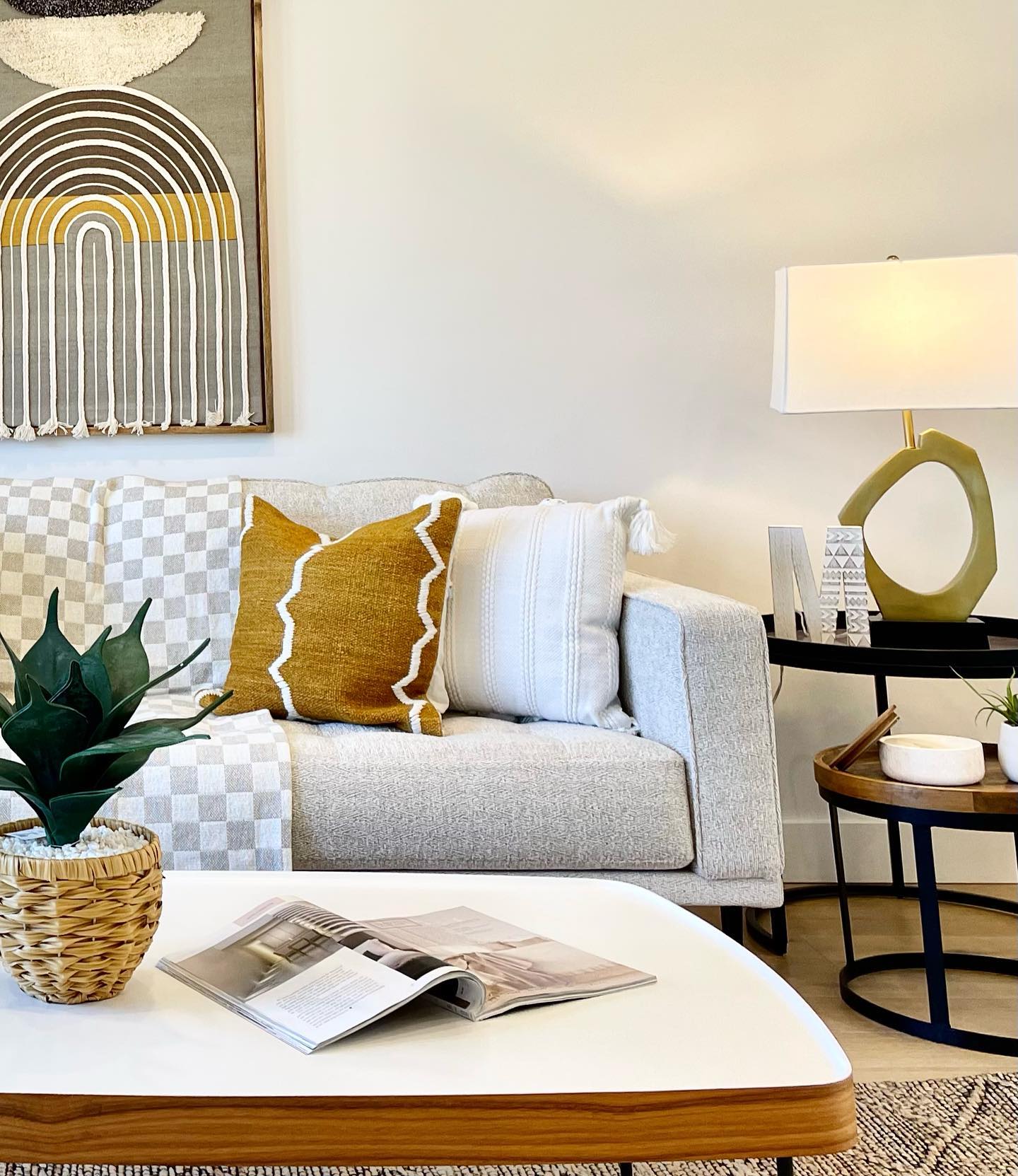Home Staging Blog, this is the place for you to express your idea about Home Staging. Your opinion is important to us.
===================================================================================
CUSTOMER TESTIMONIALS:
“If you are looking for a stager to help sell your home, hiring Jane Zhang would be the best investment of your time and money. I was very impressed with her straight forward, honest and professional manner and I can recommend her with the highest confidence. “
“The Realtor recommended HomeDec to help in preparing our house for selling. We could not have been happier with the choice! Jane was able to work within our tight time frame, she was very personable right from the moment I opened my front door! I showed her around the house and she quickly dove right in. She was very hands on with de-cluttering and reorganizing to make our house look “show ready”. Jane was very professional and worked with the stuff we already had. The results were amazing she made it look so beautiful. We really think her staging helped us get over asking price. We would not hesitate to recommend Jane with HomeDec again!”
“Jane was amazing to work with in getting my house ready for sale. When she first came by, my house was in the midst of work getting completed. Furniture was moved into the middle of rooms, and most of the rooms were primed and colourless. During the initial consultation she took inventory of my home, and provided me with a list of things to do and items to get in order to stage my house. I got to work, and when Jane came back for the 2nd time, she took the furniture and artwork she had gathered and worked her magic. As a result my house looks amazing in it’s first days on the market.”
===================================================================================
The furniture layout for family room:
- The best furniture layout for a family room depends on the size and shape of the room, as well as the purpose of the room. Here is a common and effective furniture layout:
- Create a focal point: Arrange a large sofa facing the main wall, or place a rug to define the seating area.
- Add seating options: Place comfortable chairs or a loveseat near the sofa to provide additional seating.
- Consider a media center: If the room will be used for watching TV, place a media center opposite the sofa.
- Add accent tables: Place accent tables near chairs for convenience and to provide a surface for drinks and snacks.
- Think about storage: Add a bookshelf or storage unit to keep items organized and out of sight.
Remember to leave enough space for movement and traffic flow, and to arrange furniture to promote conversation and interaction.
-
- Rectangular Room:
For a long and narrow room, arrange the furniture in a way that creates two distinct seating areas. Place a sofa against the longest wall, with chairs or a loveseat facing it at a 90-degree angle. Add a coffee table in the center, and an accent table near each seating area. If the room is large enough, you can also add a media center along the short wall, with the TV facing the main seating area.
- Square Room:
For a square-shaped room, arrange the furniture around the perimeter. Place a sofa along one wall, with chairs or a loveseat facing it. Add a coffee table in the center, and an accent table near each seating area. If the room is large enough, you can also add a media center in one corner, with the TV facing the main seating area. To create a cozy atmosphere, consider placing a rug under the seating area to define the space.
These are just two examples, and the best furniture layout for your family room will depend on the specific needs and design preferences of your space.

Staging make the house a home

Staging home by HomeDec

Home Staging Photos


HomeDec Staging Photos – Luxury House
Home staging tips for the ocupied home:
-
Declutter and depersonalize: Remove personal items and excessive furniture to create a neutral, uncluttered space that potential buyers can imagine themselves in.
-
Clean and tidy: Clean your home thoroughly and make sure it is tidy and organized. This will make your home more appealing to potential buyers.
-
Paint and update: Consider repainting your walls in neutral colors to give your home a fresh and updated look. Make any necessary repairs to make your home look its best.
-
Rearrange furniture: Rearrange your furniture to create a more open and inviting space. Remove any furniture that makes a room feel cluttered or cramped.
-
Highlight the focal points: Showcase your home’s best features, such as a fireplace, large windows, or a beautiful view. Place furniture and decor to draw attention to these areas.
-
Add lighting: Good lighting can make a big difference in the feel and atmosphere of a room. Consider adding lamps or replacing outdated light fixtures to brighten up your space.
-
Neutralize odors: Be mindful of any strong odors, such as pet or cooking odors, as they can be off-putting to potential buyers. Neutralize these odors with air fresheners or by opening windows to allow fresh air in.
By following these tips, you can make your occupied home more appealing and attractive to potential buyers, increasing the chances of a successful sale.

HomeDec Staging Photos
How to get a house sold in cold market?
Selling a house in a cold market can be challenging, as there may be fewer buyers looking for properties and a larger inventory of homes for sale. However, with the right approach, you can still sell your house quickly and for a good price. Here are some tips to help you succeed:
- Price it realistically: In a cold market, pricing your home realistically is critical. Overpricing can turn off potential buyers, while underpricing can leave money on the table. Consider getting a professional appraisal or consulting with a real estate agent to determine the right price.
- Make it stand out: Make your home stand out from the competition by making necessary repairs and updates, staging it well, and showcasing its unique features. High-quality photos and virtual tours can also help attract potential buyers.
- Be flexible on the price: Consider being flexible on the price to attract buyers and make the sale. You may need to lower your asking price slightly to stay competitive in the market.
- Market it effectively: Use a combination of online and offline marketing techniques to reach potential buyers. For example, list your property on popular real estate websites, and consider holding an open house or advertising in local newspapers or magazines.
- Work with a real estate agent: A real estate agent can be a valuable resource in a cold market. They can help you price your home correctly, market it effectively, and negotiate with buyers to get the best deal possible.
By following these tips and being patient, you can successfully sell your house in a cold market. Keep in mind that selling a house is a process, and it may take some time to find the right buyer.

HomeDec Staging Photos
Why my real estate listing couldn’t get sold so long in the market?
There could be several reasons why your real estate listing has not sold after a long period of time in the market. Here are some common reasons and how to address them:
- Overpricing: One of the most common reasons listings don’t sell is because they are overpriced. Make sure you have priced your property realistically and competitively in the current market conditions. Consider getting a professional appraisal or consulting a real estate agent to determine the right price.
- Poor condition: If your property is in poor condition, it may not be appealing to potential buyers. Make necessary repairs and updates to make your property more attractive and increase its appeal.
- Lack of marketing exposure: If your property hasn’t been marketed effectively, it may not be reaching enough potential buyers. Use a combination of online and offline marketing techniques to reach a wider audience of potential buyers. Consider working with a real estate agent who has experience in marketing properties in the current market.
- Competition: If there is a large inventory of homes for sale in your area, it can be difficult to stand out from the competition. Make sure to showcase your property’s unique features, such as natural lighting, outdoor spaces, and updated appliances.
- Location: If your property is located in an area that is not desirable or has high crime rates, it may be difficult to sell. Consider the location of your property when marketing it to potential buyers.
- Lack of flexibility: If you are not flexible on the price, terms, or closing date, it may deter potential buyers from making an offer. Consider being open to negotiations and making the process as convenient as possible for potential buyers.
By addressing these issues and making the necessary changes, you can increase the chances of selling your property in the current market. Keep in mind that selling a house is a process, and it may take some time to find the right buyer.



Should I spend money to renovate my house before putting in the market?
Whether or not to spend money on renovations before putting your house on the market depends on several factors. Here are some things to consider:
- Market conditions: If the housing market is hot, you may be able to sell your house without making any renovations. However, if the market is slow or if there is a lot of competition in your area, making some upgrades may help your home stand out.
- Cost vs. return: It’s important to consider the cost of the renovations versus the potential return on your investment. If the renovations will significantly increase the value of your home, it may be worth investing in them. However, if the cost of the renovations is more than the potential return, it may not be worth it.
- Time frame: If you have a tight timeline to sell your home, you may not have time to complete extensive renovations. In this case, it may be best to focus on making cosmetic updates that can be completed quickly, such as fresh paint and new light fixtures.
- Personal preference: Ultimately, the decision of whether or not to renovate your home before selling is a personal one. Consider your own financial situation and your priorities when making this decision.
It can be helpful to consult with a real estate agent or home inspector to get a better understanding of which renovations may be worth investing in and which ones may not provide a good return on investment. They can also help you determine the current market conditions in your area and provide advice on how to make your home more appealing to potential buyers.




